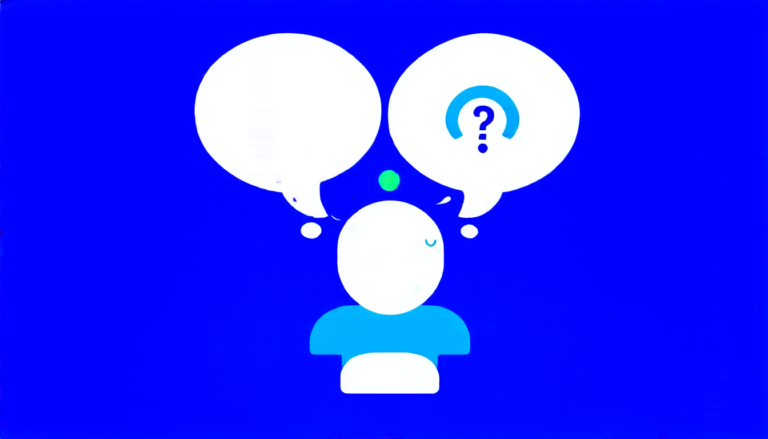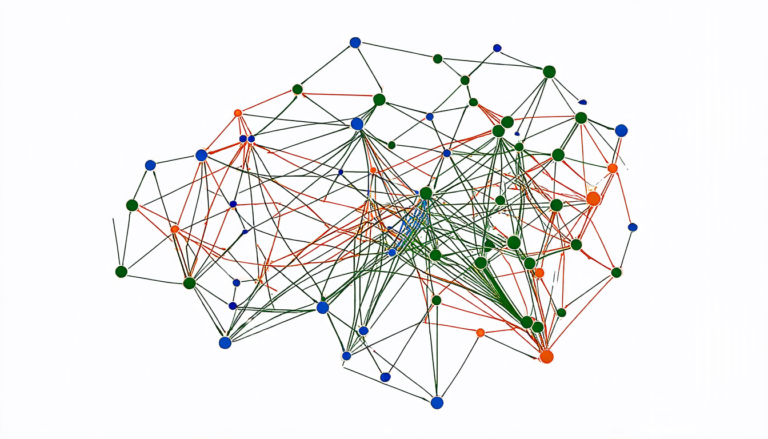Thursday 10 April 2025
The latest advancements in artificial intelligence have brought us closer than ever to achieving seamless human-robot collaboration. Researchers at Purdue University have proposed a novel framework, dubbed SAMALM (Socially-Aware Multi-Agent Large Language Model), which leverages the strengths of multiple large language models to enable more adaptable, resilient, and socially compliant robotic applications.
In today’s fast-paced world, robots are increasingly being deployed in human-populated environments, where they must navigate complex social scenarios while performing various tasks. To achieve this, robots need to be able to understand and respond to subtle cues, such as facial expressions, body language, and spoken language. Traditional approaches have relied on centralized decision-making, which can lead to inflexibility and poor adaptability.
SAMALM addresses these limitations by introducing a decentralized multi-agent framework, where multiple large language models work together to generate control signals for robots. Each agent reflects distinct robot personalities or configurations, allowing them to learn from each other’s strengths and weaknesses. This distributed approach enables SAMALM to better handle diverse social scenarios, adapt to new environments, and respond more effectively to human cues.
The framework consists of three key components: parallel LLM actors, a global critic, and an entropy-based score fusion mechanism. The LLM actors generate control signals based on the robot’s current state and goals, while the global critic evaluates group-level behaviors and individual critics assess each robot’s context. The entropy-based fusion mechanism then combines these scores to refine action proposals and ensure social appropriateness.
Experimental results demonstrate the effectiveness of SAMALM in various scenarios, including human-robot collaboration and socially aware navigation. Compared to traditional centralized approaches, SAMALM achieves better performance in terms of success rate, social score, and adaptability. The framework’s decentralized architecture also allows it to handle dynamic changes in the environment more effectively.
The implications of this research are far-reaching, with potential applications in various fields such as healthcare, education, and manufacturing. By enabling robots to better understand and respond to human cues, SAMALM has the potential to improve human-robot collaboration, enhance social interaction, and increase productivity.
While there is still much work to be done, the authors’ innovative approach marks an important step towards creating more sophisticated and socially aware robotic systems. As we continue to push the boundaries of AI research, it will be exciting to see how SAMALM evolves and is applied in real-world scenarios.
Cite this article: “Unveiling the Future of Social Robot Navigation: A Multi-Agent LLM Actor-Critic Framework”, The Science Archive, 2025.
Artificial Intelligence, Robotics, Human-Robot Collaboration, Large Language Models, Socially Aware Robots, Decentralized Framework, Multi-Agent Systems, Entropy-Based Fusion Mechanism, Parallel Llm Actors, Global Critic.







